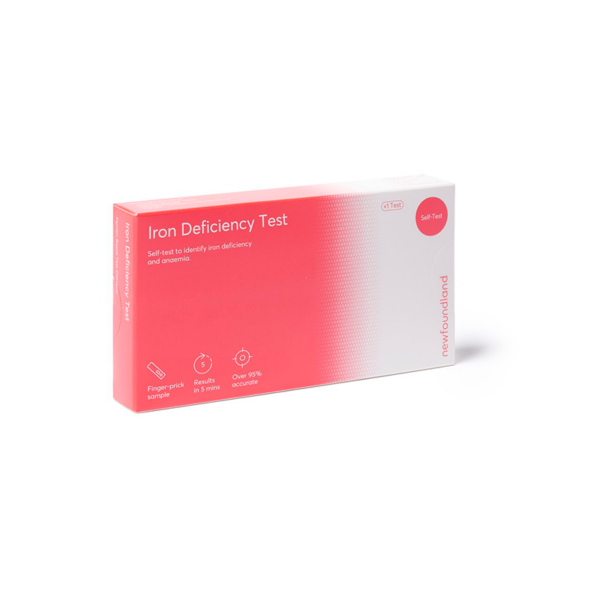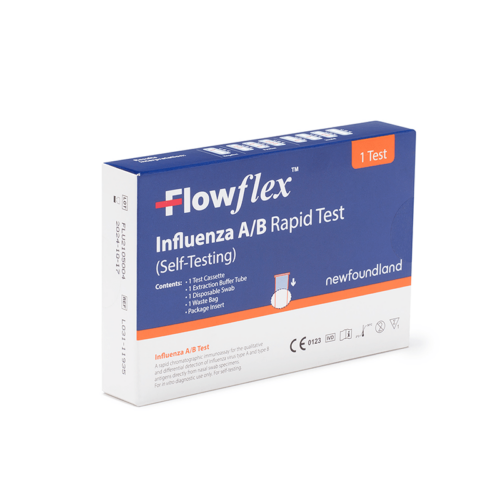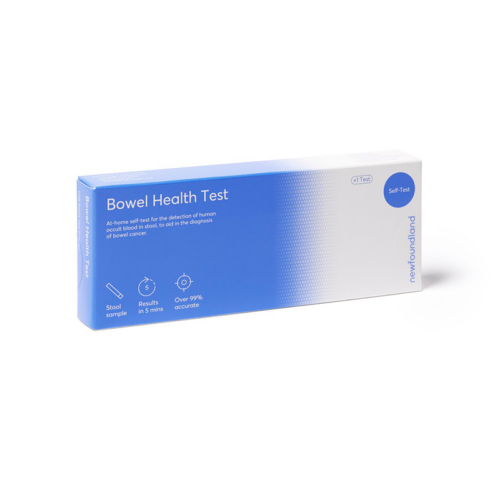Our Iron Deficiency Test Kit is a quick and reliable way to check for low iron levels in your blood. Don’t wait to take control of your health – get the answers you need in just five minutes.
Our at-home Iron Deficiency Test Kit is a quick and reliable way to determine if you have low iron levels in your blood. Iron is an essential mineral that plays a critical role in the body’s functioning, helping to transport oxygen through the bloodstream and supporting cell multiplication.
If you suspect that you may be iron deficient, it is important to investigate the cause as it may be due to blood loss from internal bleeding or other underlying health issues. Low levels of iron are often indicative of anaemia, a condition in which the body does not have enough healthy red blood cells.
The symptoms of iron depletion and iron deficiency anaemia can be debilitating and include extreme fatigue, headaches, difficulty concentrating, muscle and joint pain, weight gain, pale skin, heart palpitations, weakness, chest pain, shortness of breath, and sleep problems.
Using our test kit, you can quickly and easily determine if you have low iron levels in your blood. The results of the test will be displayed in just five minutes. A normal result, indicated by the appearance of two lines in the window, means that your iron levels are within a healthy range.






Reviews
There are no reviews yet.